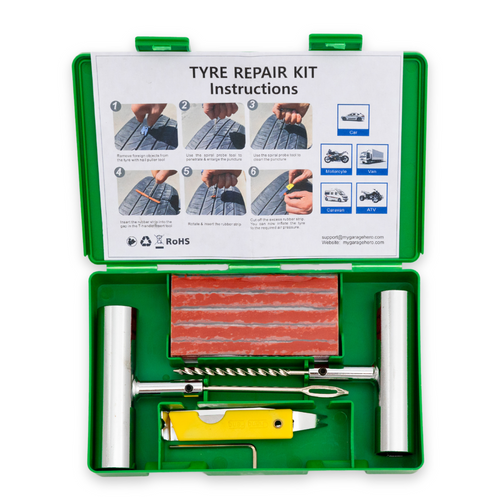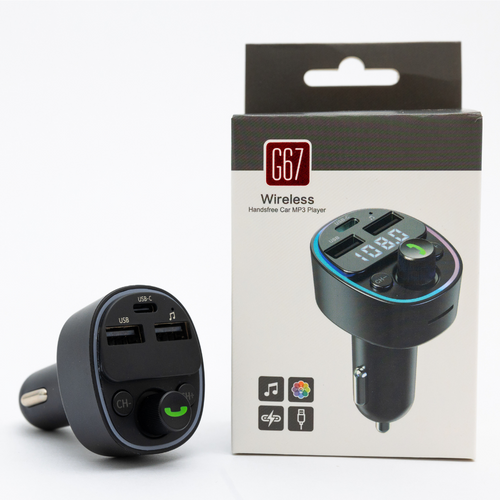Lead-acid batteries have been the go-to power source for vehicles for more than a century. But in recent years, lithium car batteries have made their way into the spotlight — especially for drivers looking for performance, longevity, or cutting-edge tech.
So which one should you go with?
In this guide, we’ll break down the pros and cons of both battery types so you can make a smart decision based on your car, your habits, and your goals.
Lead-Acid Car Batteries: The Proven Workhorse
This is the type of battery found in nearly every standard petrol or diesel vehicle on Australian roads. There are different types (flooded, AGM, EFB), but they all operate on the same principle: lead plates submerged in an acid solution.
Why they’re still common:
-
Affordable and widely available
-
Compatible with all vehicle systems
-
Trusted by automakers and mechanics alike
Average lifespan: 3–5 years depending on usage and climate
Best for: Daily drivers, budget-conscious car owners, cold climates
Worried yours might be fading? Learn the Signs of a Low Car Battery Charge.
Lithium Car Batteries: The High-Tech Challenger
Lithium car batteries (specifically LiFePO4 – lithium iron phosphate) are newer to the market but gaining traction fast. They’re lighter, more efficient, and last significantly longer than their lead-acid counterparts.
Where they’re often used:
-
Performance or racing vehicles
-
Modified or off-grid setups
-
EVs and hybrid vehicles (as starting or auxiliary batteries)
Best for: Drivers who want long-term value, less weight, and better energy efficiency
Need the right tools for lithium or AGM batteries? Check out our Best Battery Charger Review.
Head-to-Head: Key Differences
| Feature | Lead-Acid Battery | Lithium Car Battery |
|---|---|---|
| Weight | Heavy (~10–25kg) | Very light (~4–7kg) |
| Lifespan | 3–5 years | 8–10+ years |
| Charge Retention | Drains when sitting | Holds charge for months |
| Cranking Power | Lower cold-start output | Higher voltage stability |
| Maintenance | May require checks | Maintenance-free |
| Cost | $120–$300 AUD | $400–$1000 AUD |
| Compatibility | Universally compatible | May need alternator/ECU adjustment |
| Cold Weather Performance | Better | Can struggle below 0°C |
| Safety | Very stable | Needs proper BMS to be safe |
Learn why smart charging is key in What Is a 7-Stage Battery Charger?.
Lead-Acid Battery Pros & Cons
Pros:
-
Affordable upfront
-
Compatible with all vehicles
-
Strong performance in cold weather
Cons:
-
Heavy and bulky
-
Shorter lifespan
-
Loses charge faster when sitting idle
-
Prone to sulphation if underused
Lithium Battery Pros & Cons
Pros:
-
Incredibly lightweight
-
Long lifespan (8–10+ years)
-
Quick charging and excellent efficiency
-
Low self-discharge (holds charge longer)
Cons:
-
Higher upfront cost
-
May need system tweaks to install
-
Can underperform in extreme cold
If your car won’t start after installation, it might be your Starter Motor.
Which One Should You Choose?
Stick with Lead-Acid if you:
-
Drive a standard car and want the most affordable option
-
Live in a colder area
-
Prefer something universally compatible and simple
Consider Lithium if you:
-
Want a longer-lasting, lighter battery
-
Have a performance, 4x4, or modified vehicle
-
Drive in a hot climate where battery longevity is key
-
Don’t mind investing more upfront for long-term value
Final Thoughts: Choose Based on Your Needs
Lead-acid batteries are tried-and-true, and for most Aussie drivers, they still make the most sense. They’re simple, cheap, and work in every car on the road.
But lithium batteries are catching up fast — especially for those who want performance, efficiency, and reliability in the long run.
Whichever you choose, the most important thing is taking care of it. Pairing your battery with a proper smart charger or a jump starter like Boost N' Inflate is what really keeps you road-ready.





1 comment
Thanks for your exceptionally excellent comparisons table.
It answered virtually all my questions.